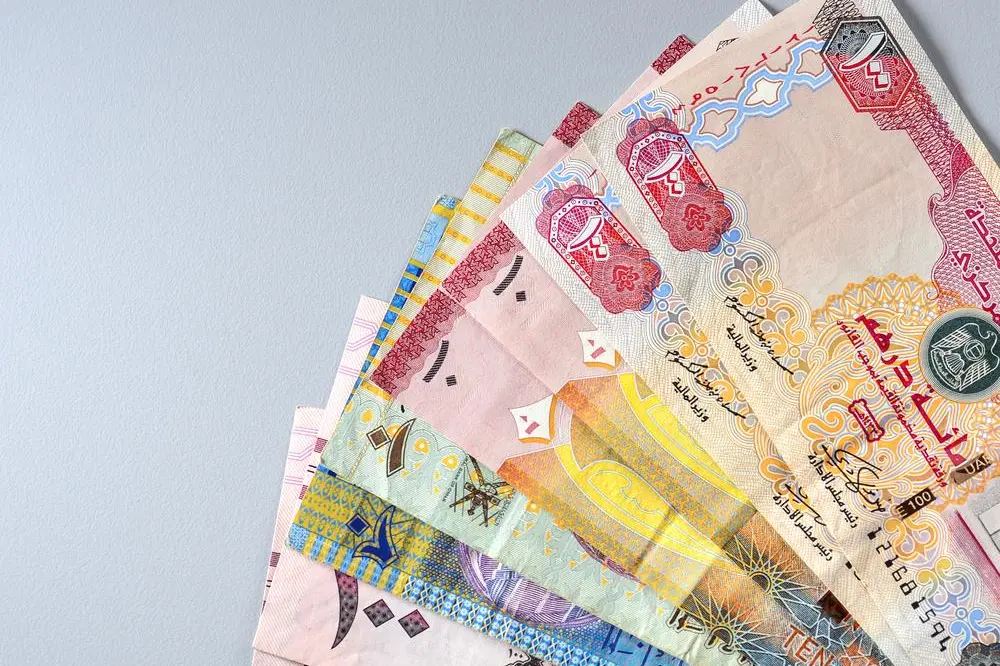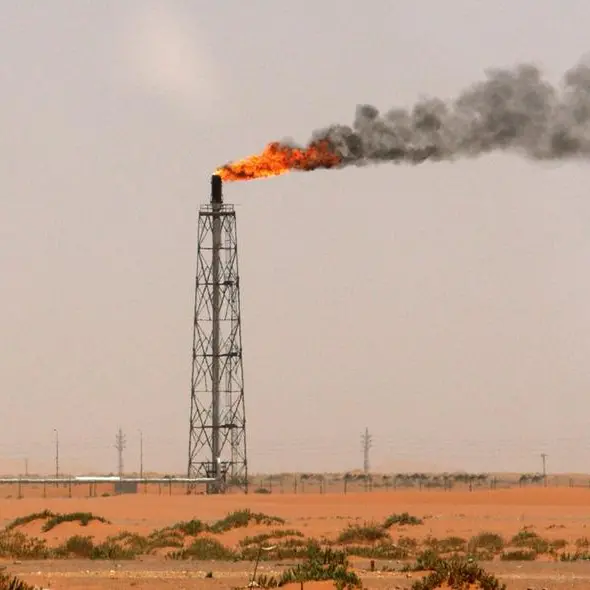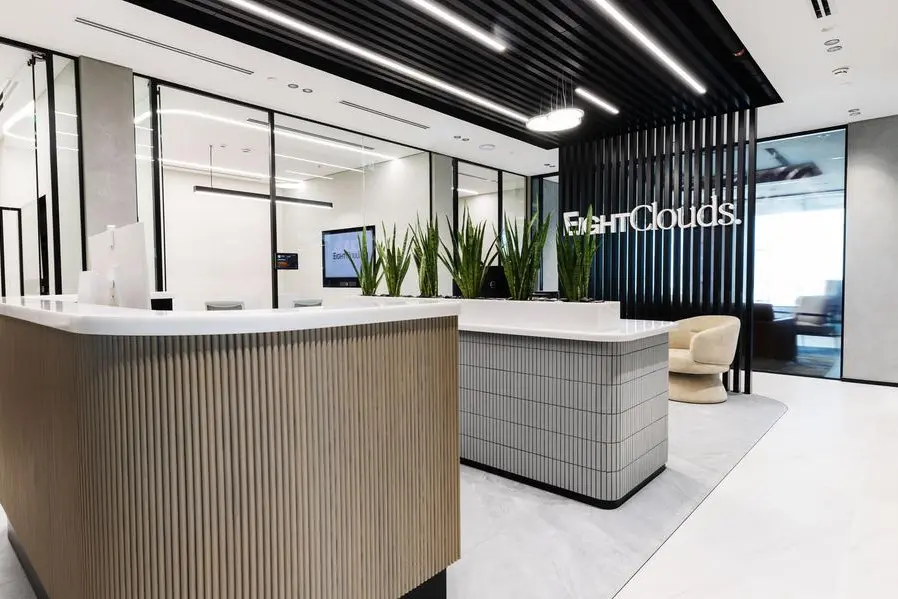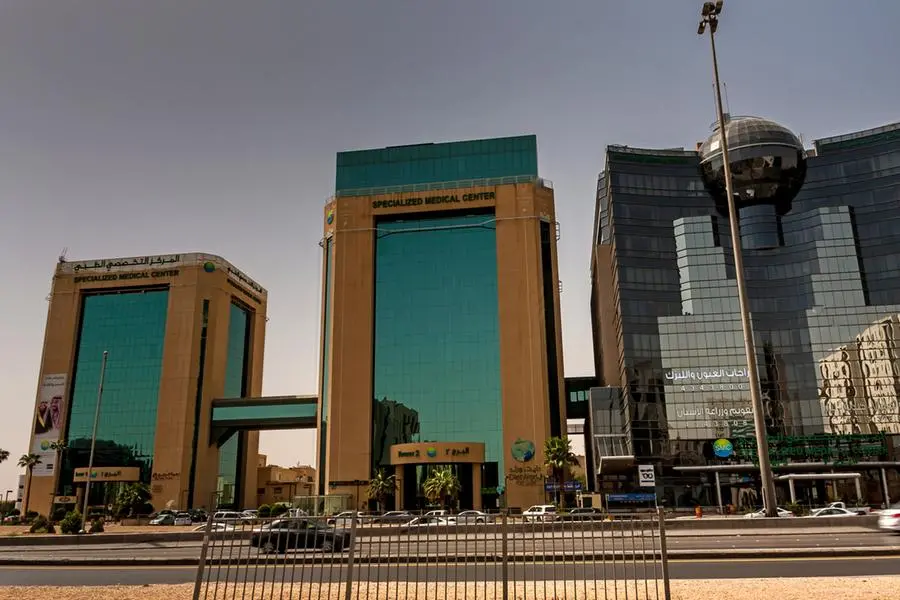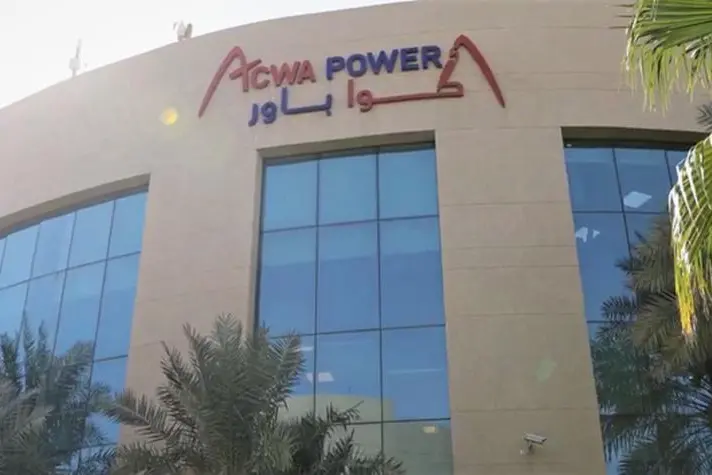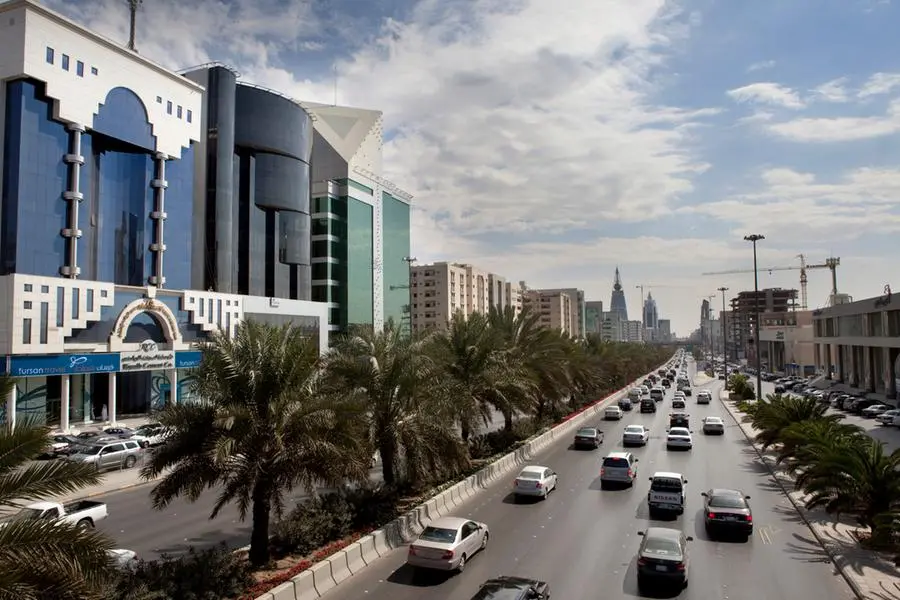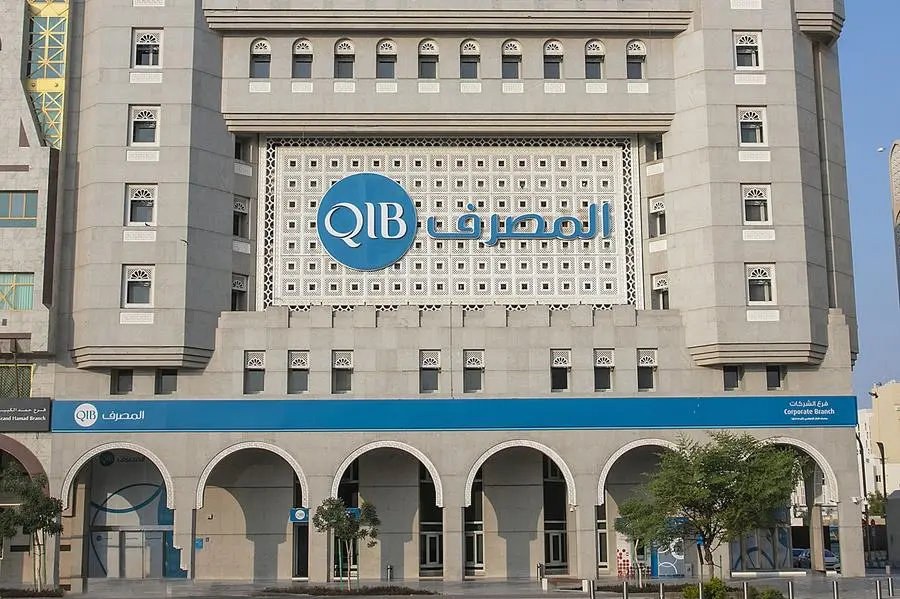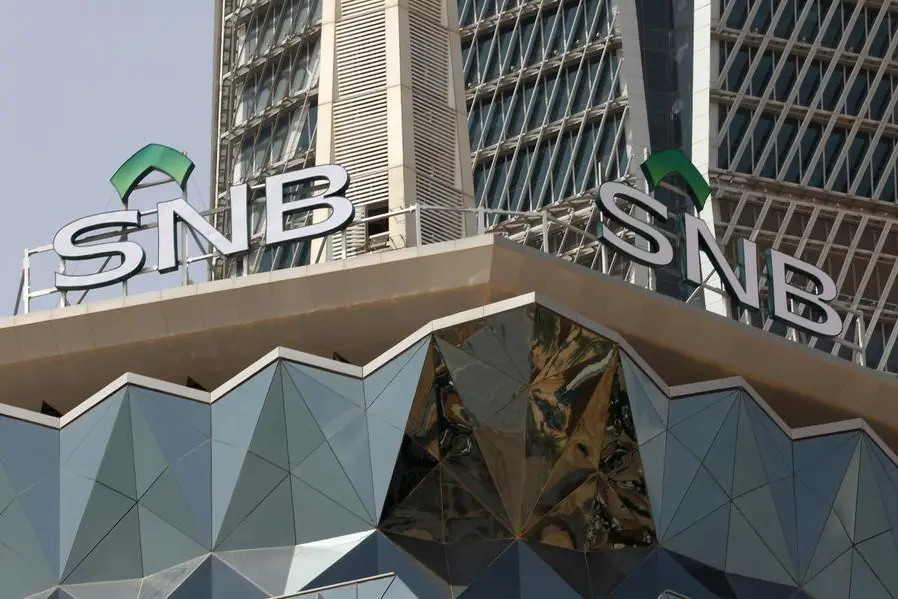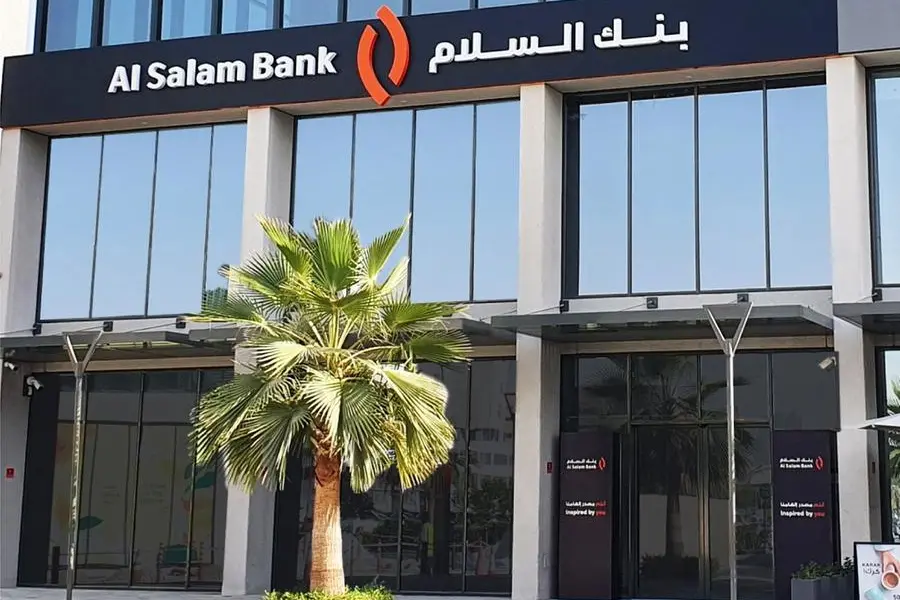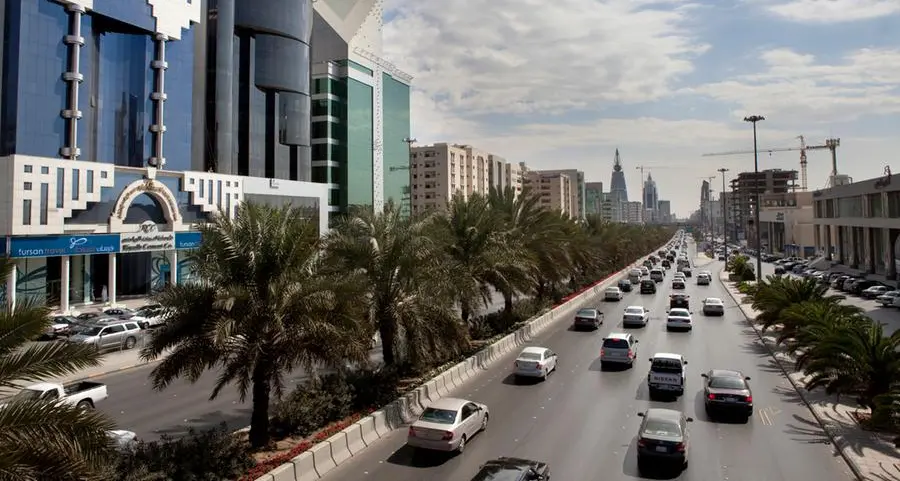PHOTO
Various currency notes from Saudi, UAE, Kuwait and Oman. Image for illustrative purpose.
Rated banks in the Gulf Cooperation Council (GCC) are set to maintain stable financial profiles in 2020, barring any major increase in geopolitical risk or a sharp fall in oil prices, Standard & Poor’s Global Ratings said in a report Wednesday.
“In our view, GCC banks will successfully navigate a less-than-favourable macroeconomic environment in 2020 supported by their solid financial profiles,” the report said.
GCC economic outlook
S&P expects GCC economies to show modestly stronger economic growth in 2020 after a dip in 2019 when the recent attack on Saudi Aramco facilities weighed on Saudi Arabia’s growth.
However, overall growth will remain below that seen during the era of triple-digit oil prices and will also likely be affected by the broader global economic slowdown.
“We therefore expect net lending expansion to remain flat, in the mid-single digits on average. At the same time, we expect cost of risk will stabilise at about one percent of total loans, due in part to the stronger buffer of provisions that GCC banks accumulated over the past few years and linked to IFRS 9.”
Asset quality
The agency said although economic activity of the past four years was muted, there was no resultant significant increase in nonperforming loans (NPLs). NPLs to total loans for the rated GCC banks reached 2.8 percent on June 30, 2019, compared with 2.4 percent at end-2015. This was due to a combination of write-offs, restructuring of exposures to adapt to the new economic reality, and tighter underwriting standards, the report said.
That said, in the case of Qatar, apart from Qatar National Bank, most local banks were vulnerable from an asset quality perspective, the agency noted.
Funding profiles
GCC banks' funding profiles are satisfactory, the report noted, adding that only a sharp decline in oil prices could change that view.
Customer deposits in GCC banks grew at a slower pace; annualised 3.1 percent in 2019, compared with 7.1 percent in 2018, due to lower government deposits, particularly in Qatar, Oman, and Saudi Arabia. In Saudi Arabia, the government used some of its excess funds to pay contractors, carry its investment projects, and more generally inject liquidity into the local economy.
On the whole, funding is dominated by core customer deposits, and the use of wholesale funding remains limited except for a few large and sophisticated issuers. The GCC banking system's loan-to-deposit ratio averaged 93.6 percent at June 30, 2019, compared with 92.8 percent at year-end 2017.
The ratio of cash and money market instruments to total assets remained stable over the past 18 months due to muted loan growth, still-increasing deposits, and the deployment of excess liquidity in government debt issuances, the report said.
“We think that government issuances will continue to attract local and regional banking systems' and international investors' attention given the shift in monetary policy in the U.S. and Europe.”
External debt
While three out of the six GCC banking systems--Saudi Arabia, the UAE, and Bahrain--remain in net external asset positions, with the change in global monetary policy stance some of these systems might be tempted to pursue cheaper global liquidity, S&P noted.
The report also expressed concern about the speed and the extent of the buildup of Qatari banks' external debt.
“Outflows, in the aftermath of the boycott have completely reversed and a significant portion of external debt is still made of potentially volatile interbank deposits. This increases Qatar's vulnerability to event risks. It also explains why, under our hypothetical stress scenarios of an increase in geopolitical risks in the GCC, the country stood out as the most vulnerable.”
Profitability
However, S&P noted that GCC banks' profitability--which saw a small decline in first half 2019--will continue to deteriorate slightly or, at best, plateau pressured by the shift in global monetary policy toward lower interest rates.
“The drop is underpinned by the compression of margins in the aftermath of interest rates cuts by GCC central banks, which followed the U.S. Federal Reserve. Additional upcoming cuts will pressure banks' margins.”
This is causing the banks to tighten operating costs, by leveraging technology and redeploying staff or closing branches.
Loan growth will remain in the mid-single digits and banks will continue prioritising quality over quantity and move away from lucrative but higher-risk exposures, the report said.
According to S&P Ratings, growth in net lending recovered slightly, reaching an annualised 5.3 percent at mid-year 2019.
“We expect a slight acceleration in 2020 barring any unexpected shock. Higher government spending, supported by strategic government initiatives will support lending growth.”
For Saudi Arabia, mortgage lending is expected to be the primary component of loan growth.
Strong capitalization
Banks in the GCC continued to display strong capitalisation by global standards with the unweighted-average S&P Global Ratings risk-adjusted capital (RAC) ratio standing at 11.2 percent at year-end 2018.
However, capitalisation has dropped over the past four years and the average Tier 1 ratio for GCC banks rose by almost 100 bps between 2015 and 2019 due to muted lending growth, the issuance of hybrid instruments, higher dividend payout ratios, and the adoption of IFRS 9.
“We expect the quality of capital to continue weakening. However, this trend has yet to have a negative effect on our assessment of capital quality.”
Over the past year, S&P has affirmed ratings on most GCC banks and taken positive actions due to upcoming mergers.
There have been a few negative ratings too, primarily because of deterioration in the operating environment and the risks posed by the faster accumulation of external debt by Qatari banks.
“However, strong government capacity, willingness, and track record of support are mitigating factors,” the report said.
The agency also noted that a heightening of geopolitical risk, significant drop in oil prices due to a slowdown in the global economy and a drop in overall consumer confidence could severely affect its base-case scenario.
(Writing by Brinda Darasha, editing by Anoop Menon anoop.menon@refinitiv.com)
Our Standards: The Thomson Reuters Trust Principles
Disclaimer: This article is provided for informational purposes only. The content does not provide tax, legal or investment advice or opinion regarding the suitability, value or profitability of any particular security, portfolio or investment strategy. Read our full disclaimer policy here.
© ZAWYA 2019